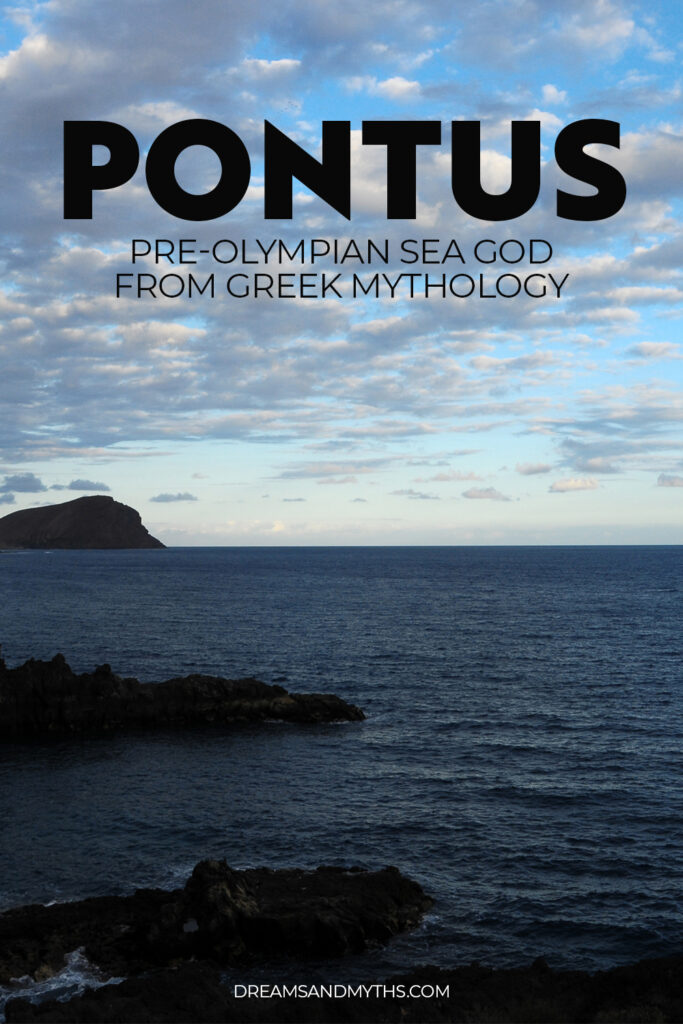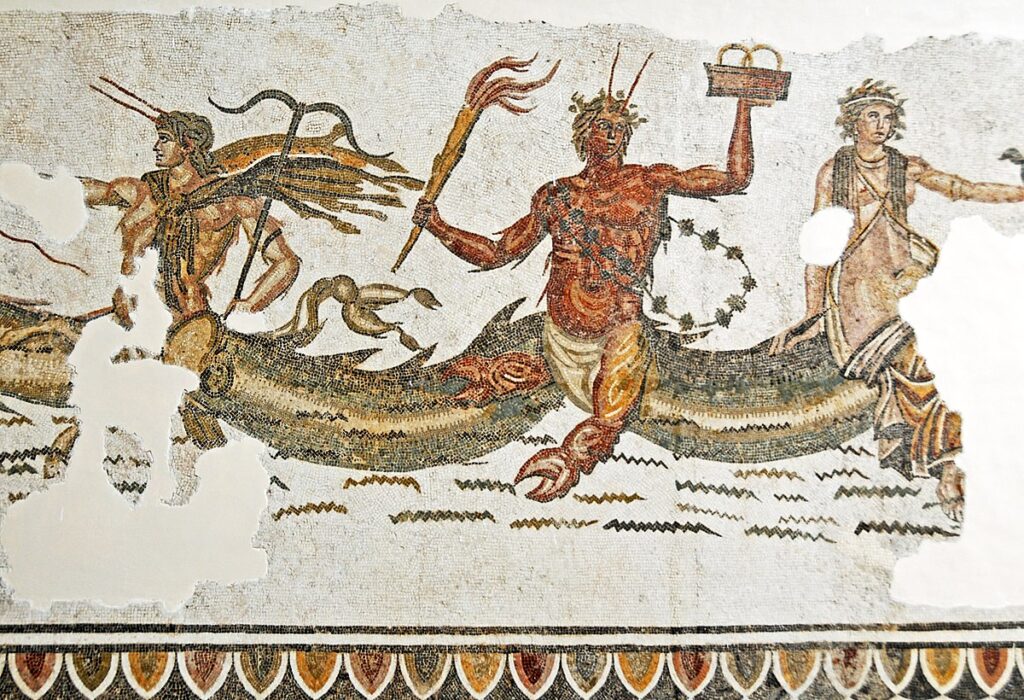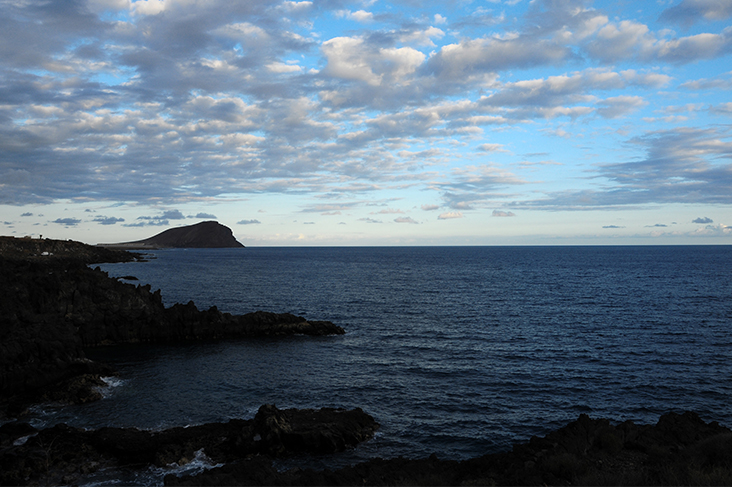In Greek mythology, Pontus was a primordial deity and sea god who represented the vast and uncharted depths of the ocean, along with other primordial deities like Chaos and Gaia.
The mythology of ancient Greece is filled with stories of gods, goddesses, and mythological creatures that have captivated and inspired people for centuries. These myths provide insight into ancient Greek society’s beliefs and values and offer a glimpse into the human experience and the enduring search for meaning and understanding.

Pontus is one of the lesser-known deities of Greek mythology. Still, his role as a sea god and creator of sea creatures makes him an important figure in the Pantheon of Greek gods.
This article will explore Pontus’s origin, significance, and role in ancient Greece’s worship and cultural legacy.
Origin of Pontus
Pontus was one of the oldest deities in existence. He was the personification of the sea and one of the Protogenoi, the first-born elemental god. His name is derived from the Greek word “Pontos,” which means “sea.” Pontus was the son of Gaia, the earth goddess, and Anther, the light god. In some accounts, Pontus is described as being born directly from chaos, while in others, he is the offspring of chaos and Gaia.
Pontus was a primordial deity, existing before the world’s creation and the Olympian gods’ rise. He was a brother to Erebus, the personification of darkness, and Nyx, the personification of night. Together, these deities formed the foundation of the universe, shaping the world and all its inhabitants.
As the personification of the sea, Pontus represented the vast and uncharted depths of the ocean and all the mysteries and dangers that lay within.
He was married to Thalassa, a personification of the sea. Thalassa was a female deity, often depicted as a woman with a fishtail or as a mermaid. She was revered as the mother of all marine life. She was often depicted as a symbol of fertility and abundance. They had four children – Nereus, Thaumas, Phorcys, and Ceto. Pontus was a dark god who resided in the depths of the ocean. He was often depicted as a fish or a man with a fishtail.
Children of Pontus
In Greek mythology, Pontus was the father of several children, some of whom played significant roles in the pantheon of Greek gods and goddesses.
One of the most famous children of Pontus was Eurybia, a female deity who was the personification of strength and power. She was the daughter of Pontus and Gaia and was revered as a powerful and fearsome goddess.
Other children of Pontus included Phorcys and Ceto, both sea monsters and monsters of the deep. Phorcys was a sea god with a dragon’s lower body and a man’s upper body, while Ceto was a sea monster with the body of a serpent and the head of a lion.
Two other children of Pontus were Nereus and Thaumas. Nereus was a sea god known for his wisdom and ability to change his appearance. He was often depicted as an older man with a long beard and seaweed crown. Thaumas was a sea god known for his incredible speed and strength. He was often depicted as a powerful and agile sea monster.
The relationships between Pontus and his children varied, but they were generally seen as a close and loving family. They were often depicted together in art and literature. They were revered as powerful and influential deities in the pantheon of Greek gods.
Role of Pontus in Greek Mythology

As a sea god, Pontus was associated with the oceans and all the creatures that lived within them. He was believed to have created many sea monsters, such as the Kraken and Scylla, a terrifying sea monster with the body of a dog and multiple heads.
Pontus was also revered as the protector of sailors, and his cult was popular among those who made their living from the sea. He was often depicted as a calm and peaceful deity, although he could also be fierce and destructive when angered.
Worship of Pontus
The cult of Pontus was popular in ancient Greece, particularly in coastal towns and port cities where the sea played a significant role. Temples and shrines were dedicated to the sea god, and offerings and sacrifices were made in his honor.
One common offering to Pontus was the throwing of coins into the sea. This was done as a sign of respect and gratitude and a way to appease the sea god and ensure safe passage for sailors. Other offerings and sacrifices included food, drink, and animal sacrifices, particularly of fish and other marine animals.
In addition to offerings and sacrifices, the cult of Pontus also included rituals and ceremonies dedicated to the sea god. These rituals ranged from simple acts of devotion to elaborate festivals and celebrations, often accompanied by music and dance.
The veneration of Pontus, the sea god, who served as a source of inspiration and guidance and a protector of sailors, was a significant part of ancient Greek culture. His cult was a central part of life for many in ancient Greece, and his influence can still be seen in how the sea is revered.
Legacy of Pontus
Despite his pre-Olympian status, Pontus was revered in Greek mythology and culture. His influence can be seen in the way the sea is admired and respected and in the enduring popularity of sea monsters and other marine creatures in Greek mythology.
In modern works of art and literature, Pontus is often depicted as a powerful and majestic sea god with a solid connection to the oceans and all the creatures that inhabit them. He is depicted as a calm and peaceful deity.
Also Read: Thanatos – The Ancient Greek God of Death
FAQ’s
Pontus was an important figure in Greek mythology as the personification of the sea. He was believed to have control over the sea and all the creatures that lived within it, and he was also associated with the element of water. As one of the primordial deities, he was seen as one of the foundations of the cosmos and played a role in the creation myth.
Pontus was believed to have control over the sea and all the creatures that lived within it. He was also regarded as connected to the water element and the power to shape and direct its motion.
Pontus was one of the primordial deities in Greek mythology, meaning that he was one of the first gods to come into being at the beginning of time. He was an important figure in the creation myth and was seen as one of the foundations of the cosmos.
Pontus was often depicted with a fish’s tail and was associated with the sea and water. He was also sometimes portrayed with a trident, a three-pronged spear associated with sea gods and gods of the sea.
In Greek art and literature, Pontus was typically portrayed as a man with a fish’s tail. A three-pronged spear known as a trident, which was often used by sea gods and other gods of the sea, was also occasionally depicted alongside him. To further emphasize his connection to the sea, he was occasionally depicted with seaweed or shells in his hair. As a representation of his dominance over aquatic life, he was occasionally shown with dolphins or other sea creatures.
Conclusion
Pontus is the pre-Olympian sea god from Greek mythology. From being born out of chaos to becoming a significant figure in many myths and stories, Pontus has undoubtedly had an exciting journey throughout history. Many facets of popular culture, including literature and film, carry on his legacy today.
He was revered as a protector of sailors and a creator of sea monsters, and his cult was popular among those who made their living from the sea. Pontus continued to be revered in Greek mythology and culture. His influence can still be seen today in how the sea is revered and respected. His legacy can also be seen in the enduring popularity of sea monsters and other marine creatures in Greek mythology and the way he is portrayed in modern art and literature.
Overall, the myth of Pontus serves as a reminder of both the enduring power and mystique of the sea and the enduring influence of Greek mythology on our cultural and artistic traditions.
